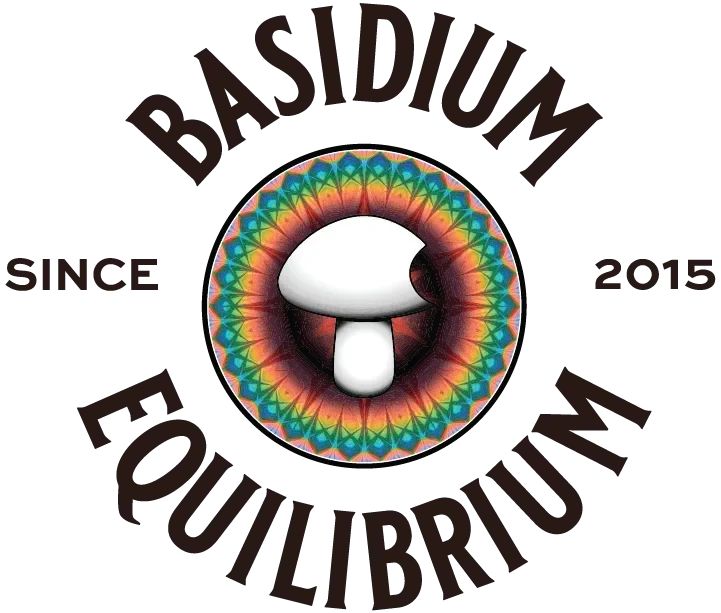“Mazatapec Spore Print” has been added to your cart.
View cart
Showing 17–32 of 47 results
-
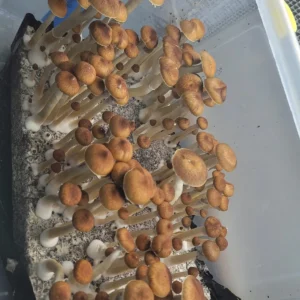
$30.00
This strain also features a thin, underdeveloped veil that breaks well before maturity, giving it a unique morphologycompared to other Psilocybe Cubensis strains. With consistent spore production and strong genetic stability, Jedi Mind Fuck remains a popular choice for microscopy enthusiasts and collectors.
-
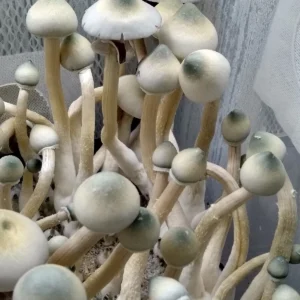
$30.00
Leucistic A + Spore Print
Strain Origin – L.A+ is a long-standing leucistic Psilocybe cubensis variety that has been circulating since the 1990s. Known for its consistent stability and recognizable appearance, it has become one of the classic leucistic strains preserved in collections for decades.
-
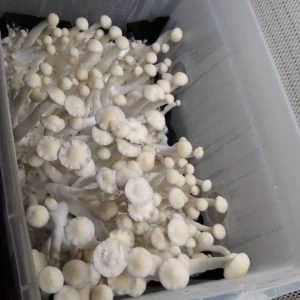
$30.00
The Burma strain originates from Southeastern Asia in its namesake, Burma, a country between Thailand and India. The Leucistic version was found by Bas’ close friend and later released exclusively on Basidium Equilibrium in 2019
-
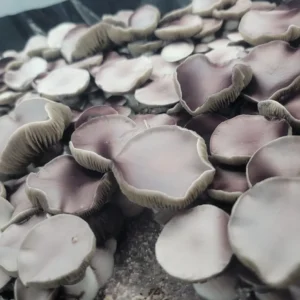
-
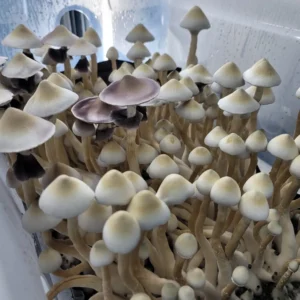
Rated 5.00 out of 5
$30.00
Found by Basidium Equilibrium. This Leucistic Tosohatchee came from a F3 from wild spore print of the original Wild Tosohatchee. When working with spores there is always a chance of variables in morphology and coloring. Definitely adding a bit of mystery to your research efforts.
-
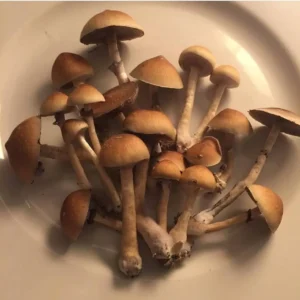
$30.00
Lizard King Spore Print
This Psilocybe Cubensis strain was discovered by Lizard King, a man who played a significant role in the discovery of many other Mexican-based specimens.
-
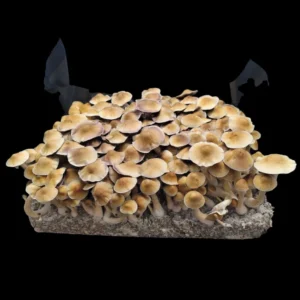
Rated 5.00 out of 5
$30.00
Bas Original Hybrid is the result of an anastomosis hybridization, combining a wild Peruvian Psilocybe cubensis with the infamous Penis Envy Uncut. The process was both rewarding and challenging, particularly because PEU has primarily recessive traits. Bringing out features like the wrinkled stipe and non-hollow stems was difficult but ultimately successful. This hybrid is known for its robustness, making it a workhorse strain for enthusiasts.
-
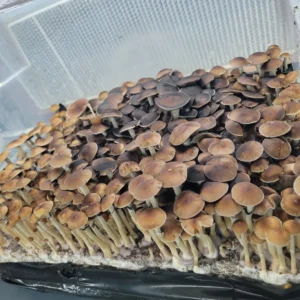
$30.00
The Mazatapec strain carries deep cultural and historical significance. This Psilocybe cubensis variety originates from the Mazatec people, an indigenous group residing in the Sierra Mazateca region of Oaxaca, Mexico. The Mazatec have a long history of traditional use and reverence for mushrooms, making this strain one of the most iconic and widely studied Cubensis varieties.
-
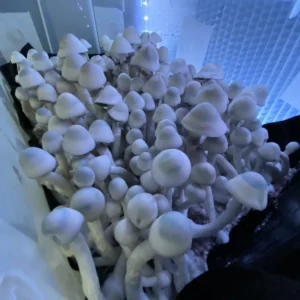
$30.00
Leucistic revert is one of four Penis Envy isolates that Manna from Heaven has worked on over the last two years. The Leucistic revert has beautiful blue hues of coloring with a gorgeous white fruit body. The L Rev has produced wonderful flushes.
-
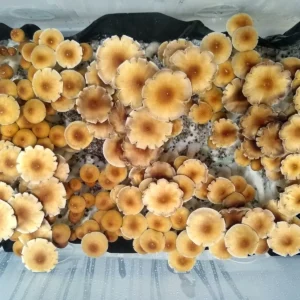
Rated 5.00 out of 5
$30.00
Orissa India – Originally founded by John Allen. This Indian cubensis is an aggressive healthy variety. Keeping to the true nature of this variety, our friends in Austria keep this a stapel F3 from wild. Keeping this geneitc line true. Orissa produces very large flushes and is quickly becoming a mycology favorite.
-
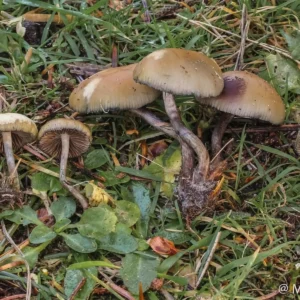
$30.00
Named in honor of mycologist John W. Allen, Psilocybe allenii is a captivating wood-loving species native to the Pacific Northwest. Recognized for its chestnut-brown cap and unique umbo, this resilient mushroom thrives in mulched landscapes and decomposing wood. Our ethically sourced wild spore prints ensure high-quality specimens for research and collection
-
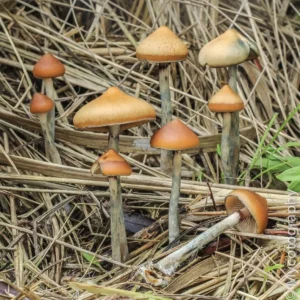
Rated 5.00 out of 5
$30.00
Naturally occurring along a narrow expanse of the West Coast, P. azurescens graces the landscapes of Oregon and California. This enigmatic mushroom has been spotted as far south as Depoe Bay, Oregon, and as far north as Grays Harbor County, Washington. Its heartland is nestled around the Columbia River Delta, with initial sightings in Hammond, Oregon, near Astoria. Venturing north, it thrives along the Columbia River in Washington, from Long Beach to Westport, and has even been reported in Stuttgart, Germany.
-
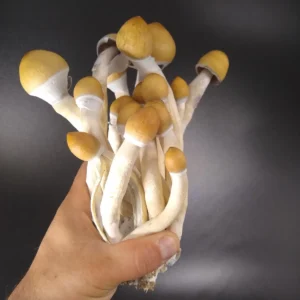
$30.00
Pakelensis – F2 from wild. This variety produces large tall fruits. This variety has seen little to no domestication and is still very wild in nature. Pakalensis Mushroom was found in Chiapas, Palenque Mexico in early 2013. Originally found by Pekon Metsa who Mushroom Hunting in 2012 Expedition in Mexico. He spent some time in Palenque.
-
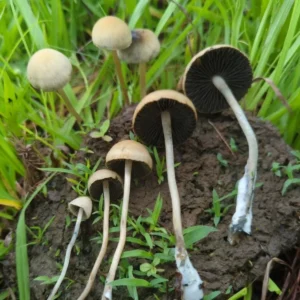
$30.00
Panaeolus cinctulus is a species of mushroom in the family Bolbitiaceae. It is commonly known as the banded mottlegill or weed panaeolus.
-
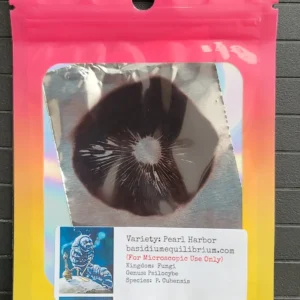
Rated 5.00 out of 5
$30.00
Pearl Harbor Spore Print: Uncover the hidden wonders of Pearl Harbor with our Spore Print. Perfect for microscopic examination, taxonomy studies, and research purposes, this Spore Print provides a valuable resource for those seeking to explore the intricate details of these extraordinary specimens.
-
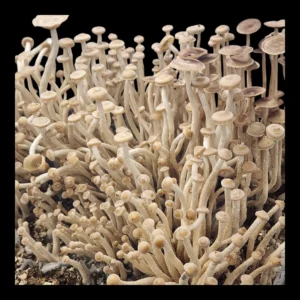
$30.00
Psilocybe zapotecorum is a rare psychoactive mushroom species native to Mexico and parts of Central America. It thrives in humid, mossy environments, typically near decaying wood in subtropical forests. This species carries deep cultural significance, particularly among the indigenous Zapotec people of Oaxaca—its namesake—highlighting its importance in traditional ethnomycology.
